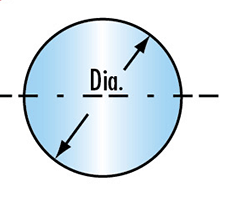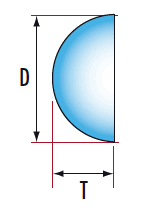Secret in the color of the curtain
From the material, curtains can be made from a variety of fabrics such as cotton, hemp, yarn, satin, flocking, bamboo, and rayon. Each type has its own unique characteristics and is suitable for different spaces and purposes.
Cotton and hemp are popular choices for their softness, breathability, and ease of cleaning, making them ideal for bedrooms. Gauze curtains, on the other hand, are more decorative and add depth to a room with their light and airy feel. They allow natural light to pass through, which makes them perfect for living rooms and balconies.
Satin and velvet curtains offer a luxurious look with a smooth texture and excellent sound insulation and light-blocking properties. However, they tend to be more expensive. Bamboo curtains are durable, moisture-resistant, and have a natural aesthetic that adds a touch of elegance to any space. They’re also great for controlling light and are long-lasting.
Man-made fiber curtains are known for their durability, easy maintenance, and good light control. Blinds are currently very popular due to their functionality and modern design. When selecting blinds, make sure the slats are smooth and free of burrs. Test the movement by pulling the curtain to ensure it opens and closes smoothly, and check if the slats rotate freely. Some wooden curtains may use adhesives, which could potentially cause indoor air pollution, so it's important to be cautious, especially when choosing for homes with children, the elderly, or pregnant women.
When buying curtains, many people focus on aesthetics, but there are several other important factors to consider. First, noise reduction. Studies show that continuous noise above 30 decibels can disrupt sleep, so choosing curtains with sound-absorbing qualities is essential. Flocking, cotton, and linen materials are particularly effective in reducing noise. Thicker curtains generally provide better soundproofing, and high-quality options can reduce external noise by up to 10%-20%.
Light control is another key aspect. For a restful daytime nap, opt for blackout curtains made from cotton or flocked fabric. In dining areas, where bright light isn't always necessary, blinds offer flexibility in adjusting the amount of light entering the room.
Winter warmth is also an important consideration. Flocked curtains are thick and insulating, helping to keep the room warm. According to research by Japanese interior designers, deep red is the warmest color, making it a great choice for winter decor.
Mood adjustment is another factor to think about. Dark-colored curtains can create a heavy atmosphere, while overly bright colors may cause visual fatigue. Newlyweds often prefer vibrant hues, but these can become tiring over time. A more calming approach would be to choose soft, natural tones like light green or light blue, which promote a sense of calm and happiness. For those who struggle with insomnia, combining red and black in your curtain design might help you fall asleep faster.
Finally, avoid extremely cheap curtains, as some may be flammable and pose a safety risk. High-quality curtains are usually treated to be fire-resistant, ensuring the safety of your family.
Ball lenses Spherical ball lenses are commonly used for laser collimating and focusing, laser-to-fiber coupling, fiber-to-fiber coupling, and fiber-to-detector coupling. Larger spheres are easier to handle and ease the sensitivity of translational alignment. However, smaller spheres fit into smaller packages.Â
Sapphire and Ruby ball lenses are both made from Al203. Ruby or Ruby-Doped sapphire owes its red color to traces of chromium oxide (chromium content for ruby balls is typically >0.5%). While their physical and chemical properties are basically the same, their optical properties are somewhat different. Sapphire has superior optical transmission qualities. Ruby Balls are easier to see and therefore easier to handle for physical applications.
 Â Â Â Â
    
     Ball Lens                    Half-Ball Lens
Specification of our ball lens:
*Material:BK7 or other optical glasses,optical crystal materials
*Diameter:1mm - 40mm Â
*Dimension Tolerance:+/-0.005mm Â
*Surface Quality:40-20Â Â
*Sphericity:0.005mm
*Coating:optional
Sapphire Ball Lens,2 Mm Sapphire Ball Lens,Sapphire Half-Ball Lens,Sapphire Glass Ball Lens
China Star Optics Technology Co.,Ltd. , https://www.csoptlens.com